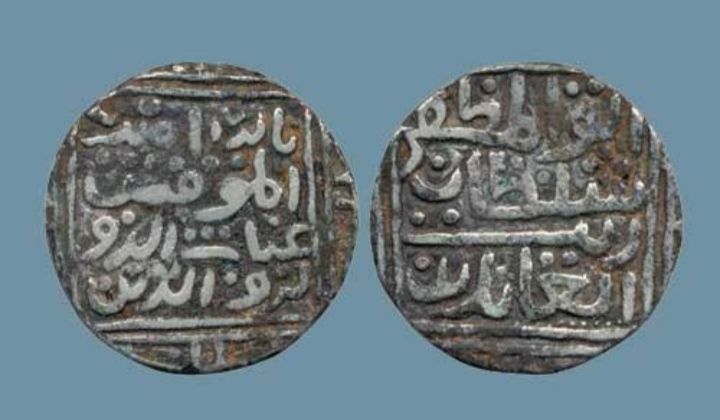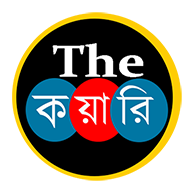Kashmir’s Mint during Bushah’s rule is now only a residential colony


TARIQ ALI MIR
Centuries ago, Kashmir had an independent status even for its currency. And Tanki Sarai area of Shahr-e-Khaas was the Mint where the coins were made for the emperor.
During the regime of Shah Mir dynasty ruler Sultan Zain-ul-Abideen popularly known as Budshah, this area between present day Saraf Kadal and Mahraj Gunj was the heavily guarded colony where the coins were manufactured under the strict supervision of the troopers.
Budshah called the place Darul- Zarb(Mint house).The coins, which as per Archives department Ex-official Pirzada Muhammad Ashraf were square in shape, used to bear the name of Sultan in Arabic transcript on one side and Currency of Kashmir tag on the other.
Historian Zarief Ahmed Zarief says three kinds of coins –gold, silver and copper were made during the Budshah rule.
The only Evidence to claim that Kashmir has been human habitat for 5000 years
“Gold coins were meant for the use of Sultan and his family while the silver and copper were meant for the use of his courtiers and general public respectively,” Zarief told me in phonic conversation.
About the genesis of the coin system in Kashmir, historian Muhammad Yusuf Taing says that prior to the Budshah rule, the coins were made of gold and silver alone.
He says the coins were developed out of the left out metal from the making of costly statues for Hindu temples.
“The coin metal wasn’t that pure,” he adds.
However, Taing says Budshah introduced the copper coins to reduce the requirement of gold and silver in the coin making.
Historians say the Tanki Sarai had skilled labor who would prepare decorated coins. After the manufacture of the coins, the lot used to be sent to adjacent Saraf Kadal for circulation in the markets. The Tanki Sarai is believed to have drawn the name from Taink, a Kashmiri word for coin.
“Taink with time got distorted and became Tanki,” says a historian.







